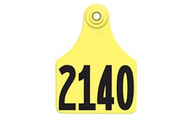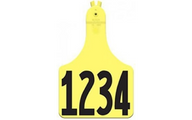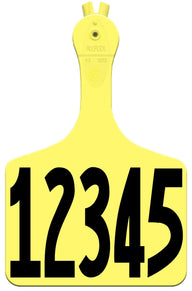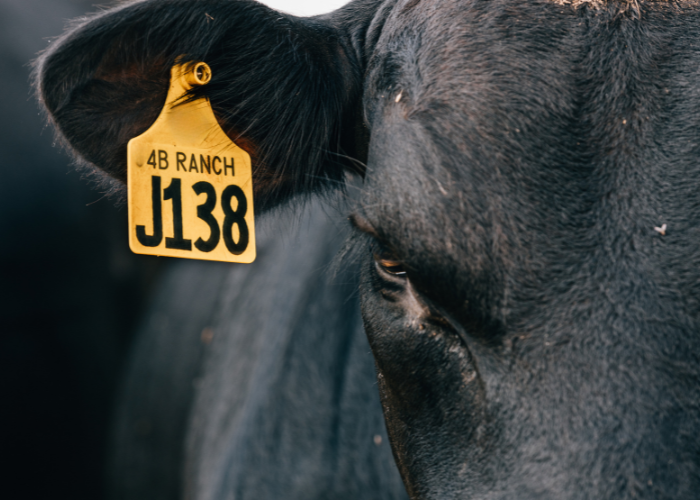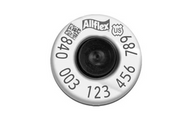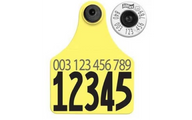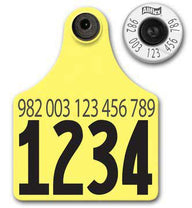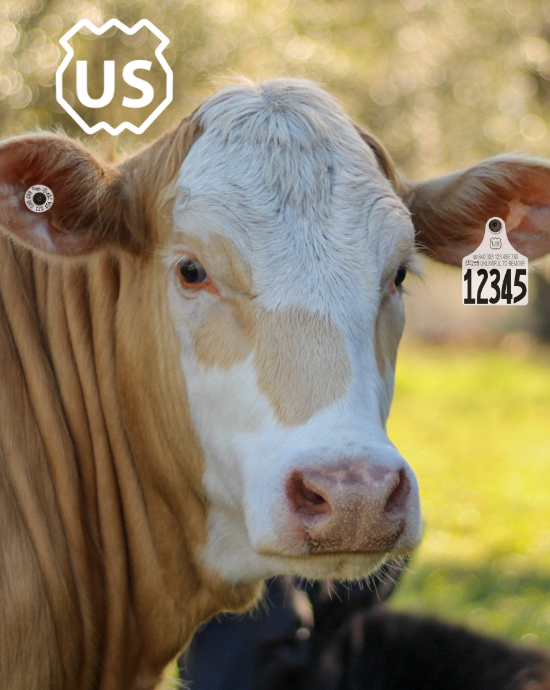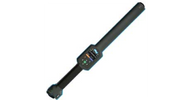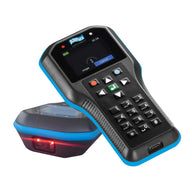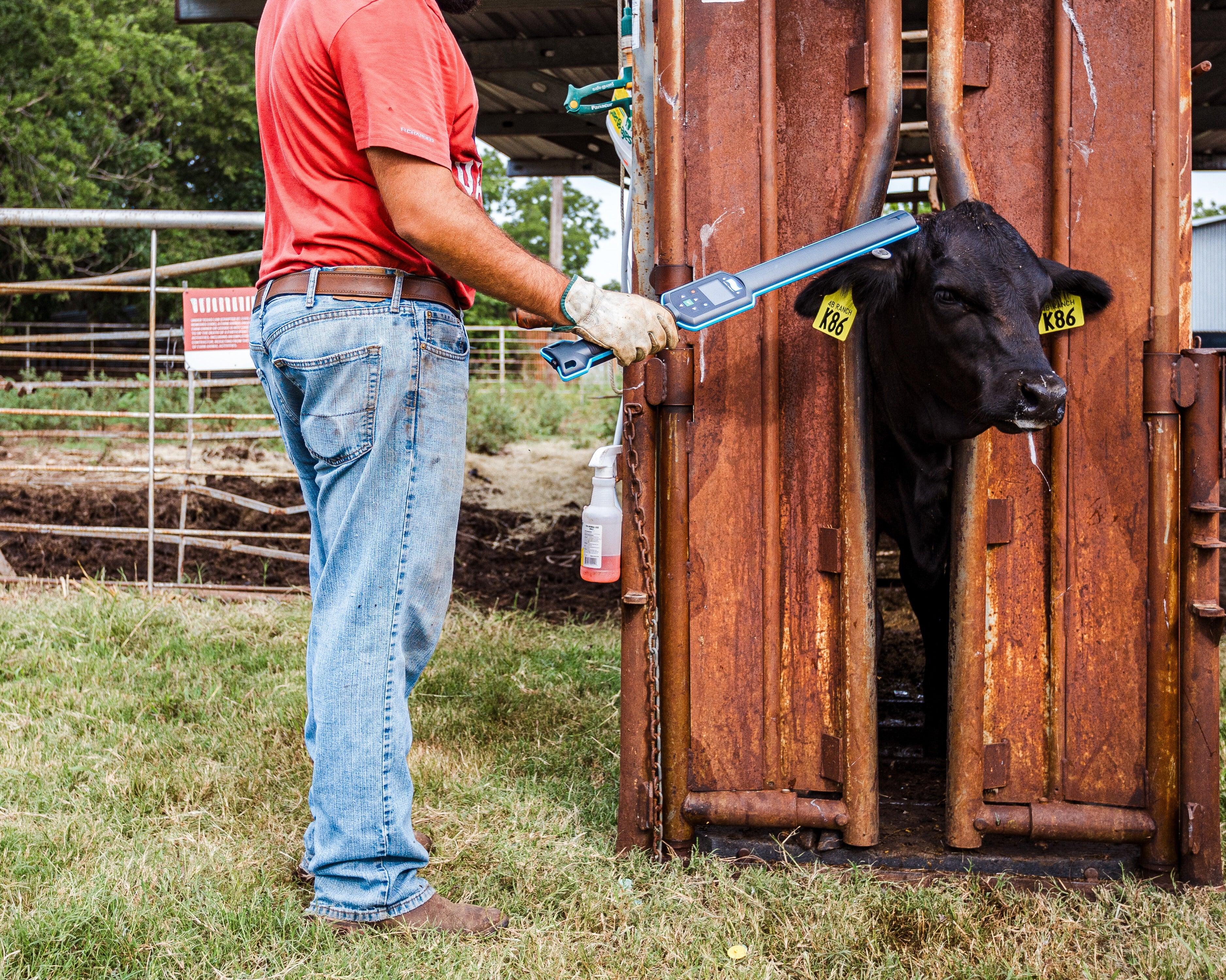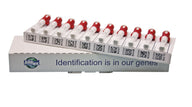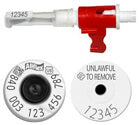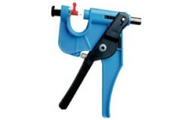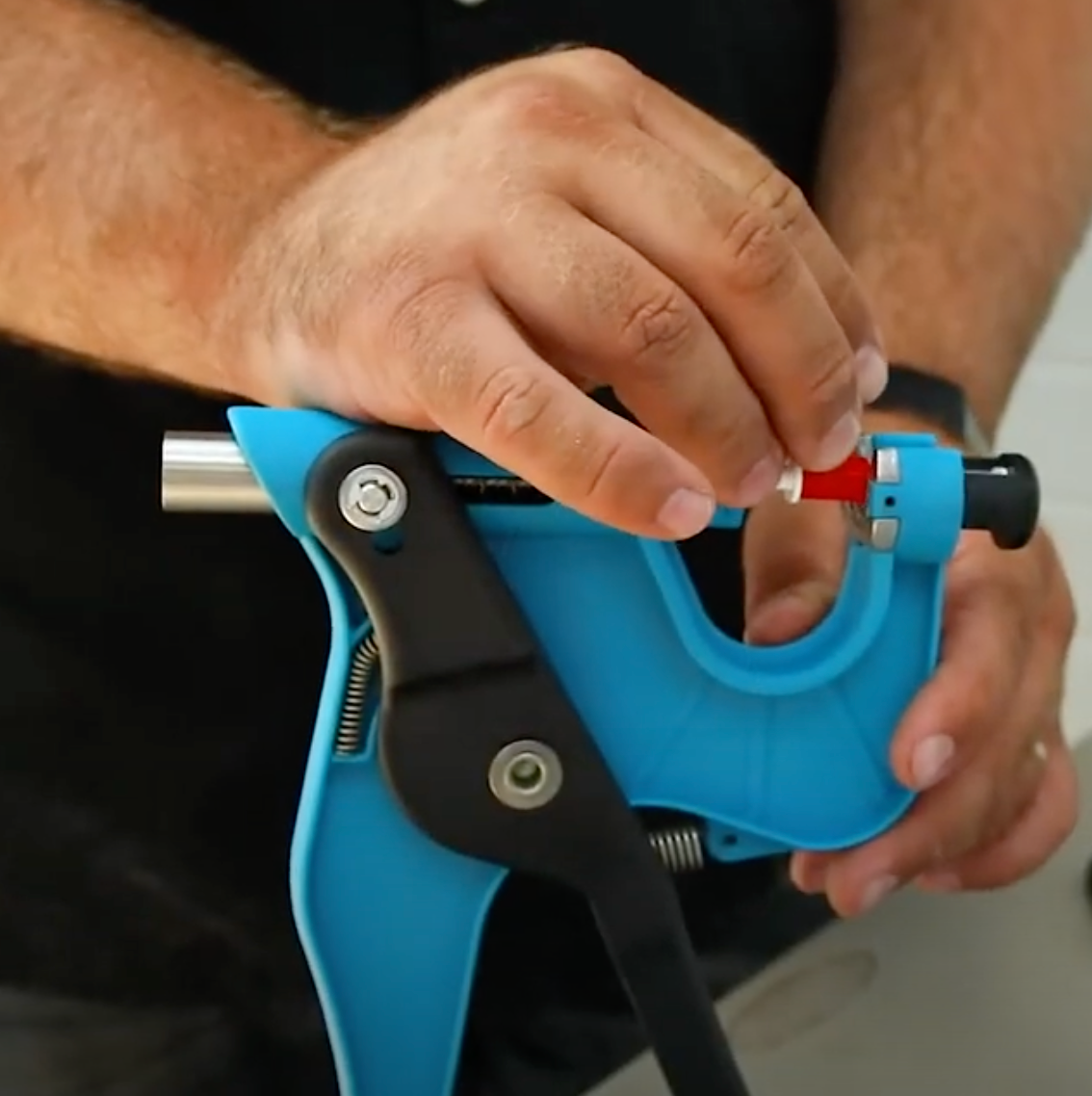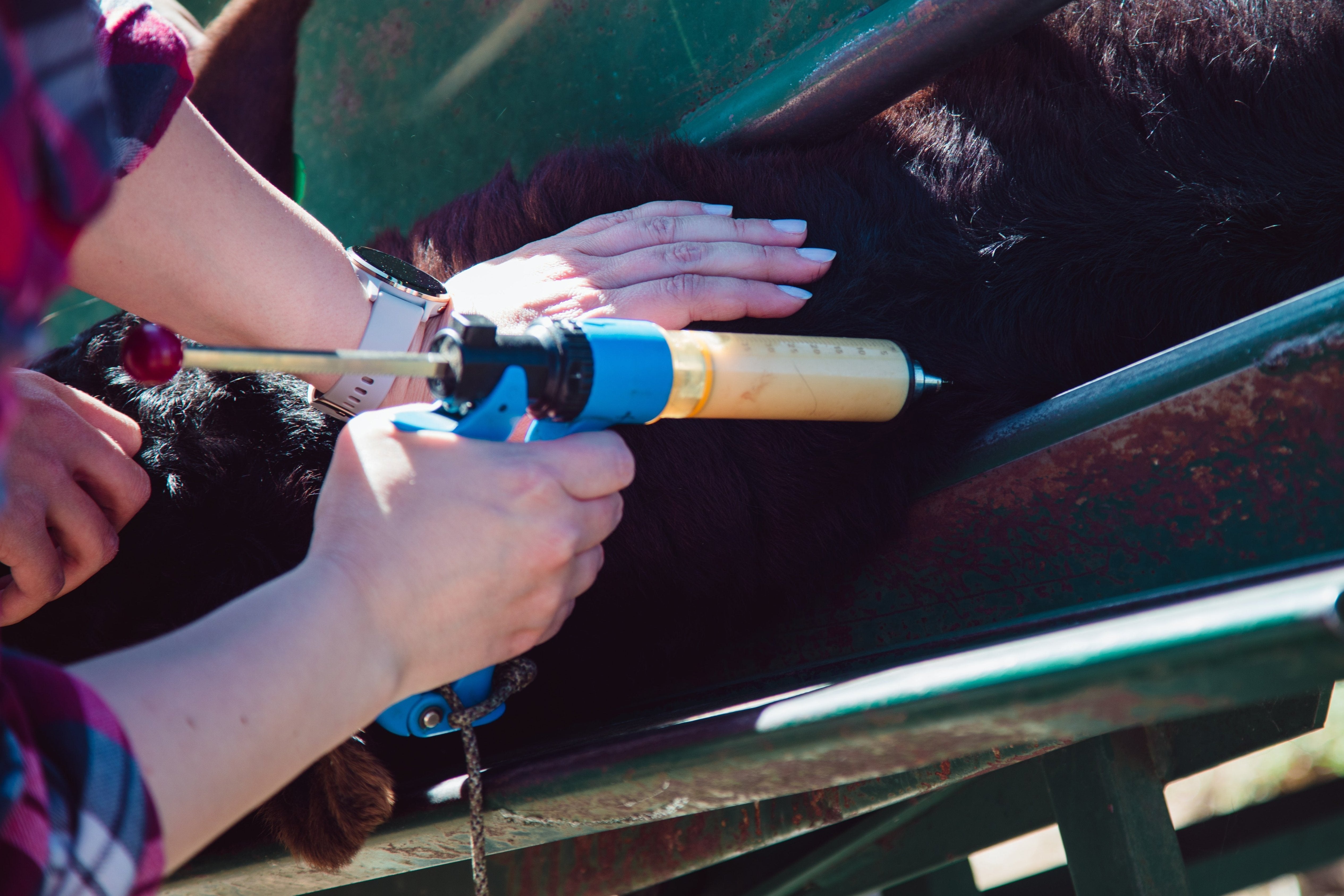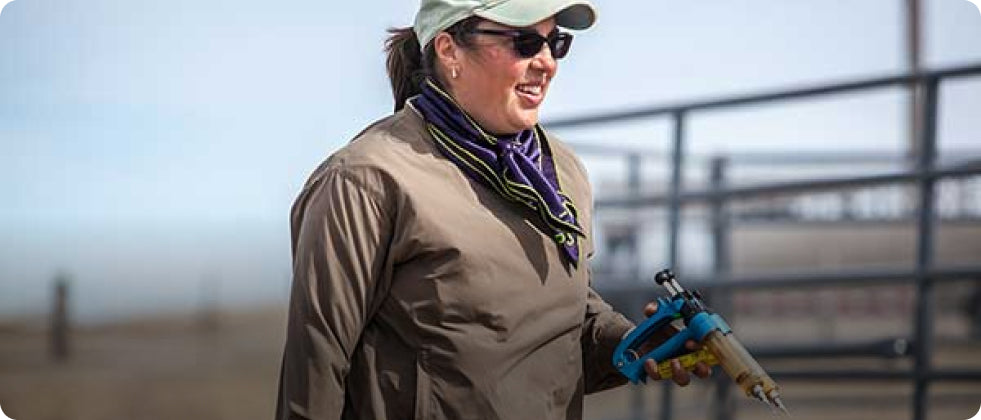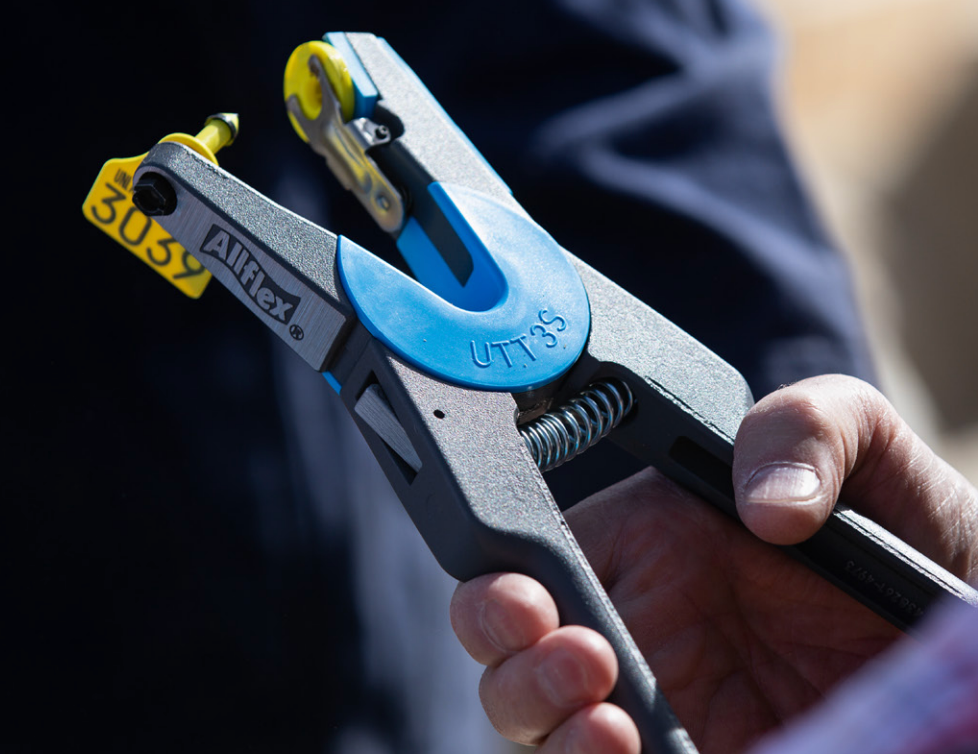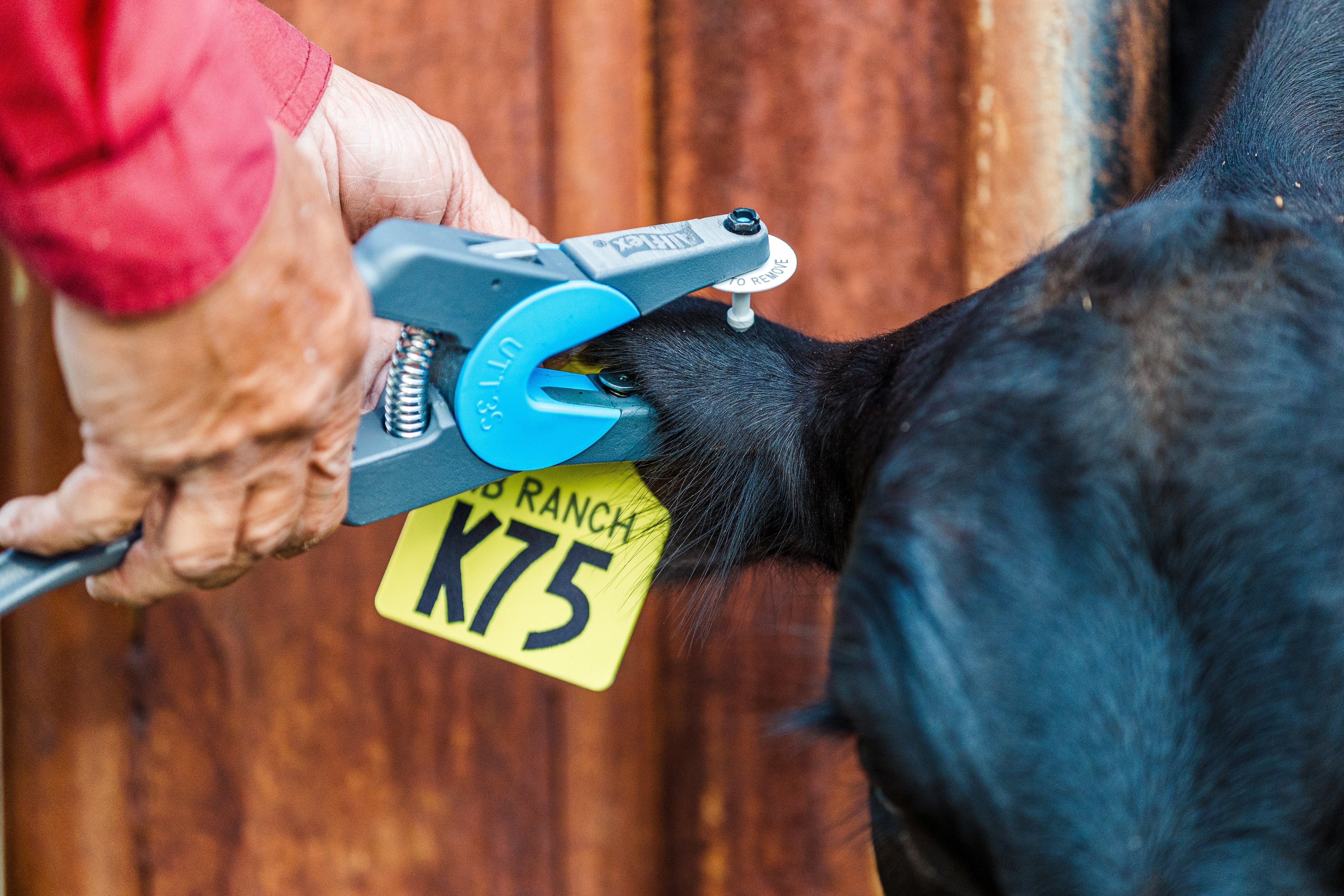Allflex Electronic Identification
EID (also known as RFID) tags are ideal for better management and also for compliance. A unique 15-digit number is stored on the tag and is also printed on the tag for visual confirmation. The EID tags are available standalone or as a matched pair where the EID number is also printed on a visual tag.
Allflex USDA EID Tags
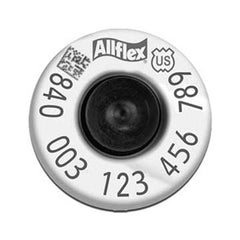
USDA EID Tags
- • USDA-compliant 840-numbered tag
- • Available in HDX and FDX technologies
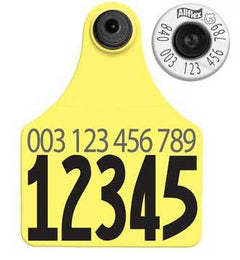
USDA Matched Pair Tags
- • USDA-compliant 840-numbered tag
- • Includes matching visual ear tag
Allflex Standard EID Tags
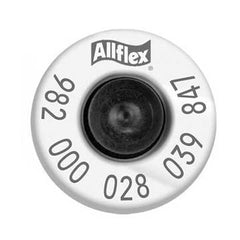
EID Tags
- • Not Official ID and no Premises ID required
- • Available in HDX and FDX technologies
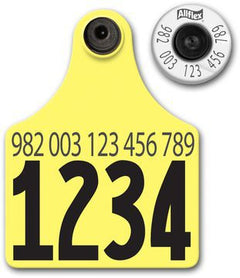
Matched Pair Tags
- • Not Official ID and no Premises ID required
- • Includes matching visual ear tag
Why Allflex EID Tags?
Rugged and dependable
Guaranteed for the life of the animal
Readable by any livestock EID reader
Higher retention rate than visual tags
CattleTags.com Bonus
Receive a spreadsheet of your EID Numbers for easy importing into CattleMax software - no need to manually enter EID numbers!
Questions?
Contact our Animal ID experts who can help you find the perfect layout or tag for your cattle.
Common Questions
What is the difference between USDA 840 and Standard 982?
Using USDA EID tags (which start with 840) is the best option for producers, as they are considered an Official Identification tag in the United States. Having an Official ID allows for interstate travel, along with disease traceability and data capturing & sharing. With USDA tags, a Premises ID is required which can be applied for through your state's animal health department. Learn more about how to obtain a Premises ID.
Standard 982 Tags are used for in-herd data use and cannot be used as Official ID. They still offer data capturing & sharing, but without traceability and Official ID capacity.
What is the difference between HDX and FDX tags?
HDX tags are high-performance tags that use Half Duplex technology while FDX tags are Standard tags that use Full Duplex technology. Both HDX and FDX follow the ISO standard and can be read by the same EID readers. Half Duplex (HDX) tags are better able to transmit through metal interference such as metal and steel objects. Full Duplex (FDX) is good when read range is not an issue. Both provide a tamperproof cap for security and retention.
What is the read range of the tags?
Typical read range on HDX tags ranges from 38cm - 46cm (15" - 18") while typical read range on FDX tags ranges from 35cm - 41cm (13" - 16"). However, FDX tags are more susceptible to interference from metal and steel objects such as headgates, panels, and squeeze chutes as well as fluorescent lights. Half Duplex (HDX) tags offer the best signal transmission read range.
Can Allflex EID tags be read with EID readers from other manufacturers?
Yes, Allflex EID Tags are ISO-compliant, low-frequency RFID tags and therefore can be read by any other ISO-compliant, low-frequency RFID/EID reader.

